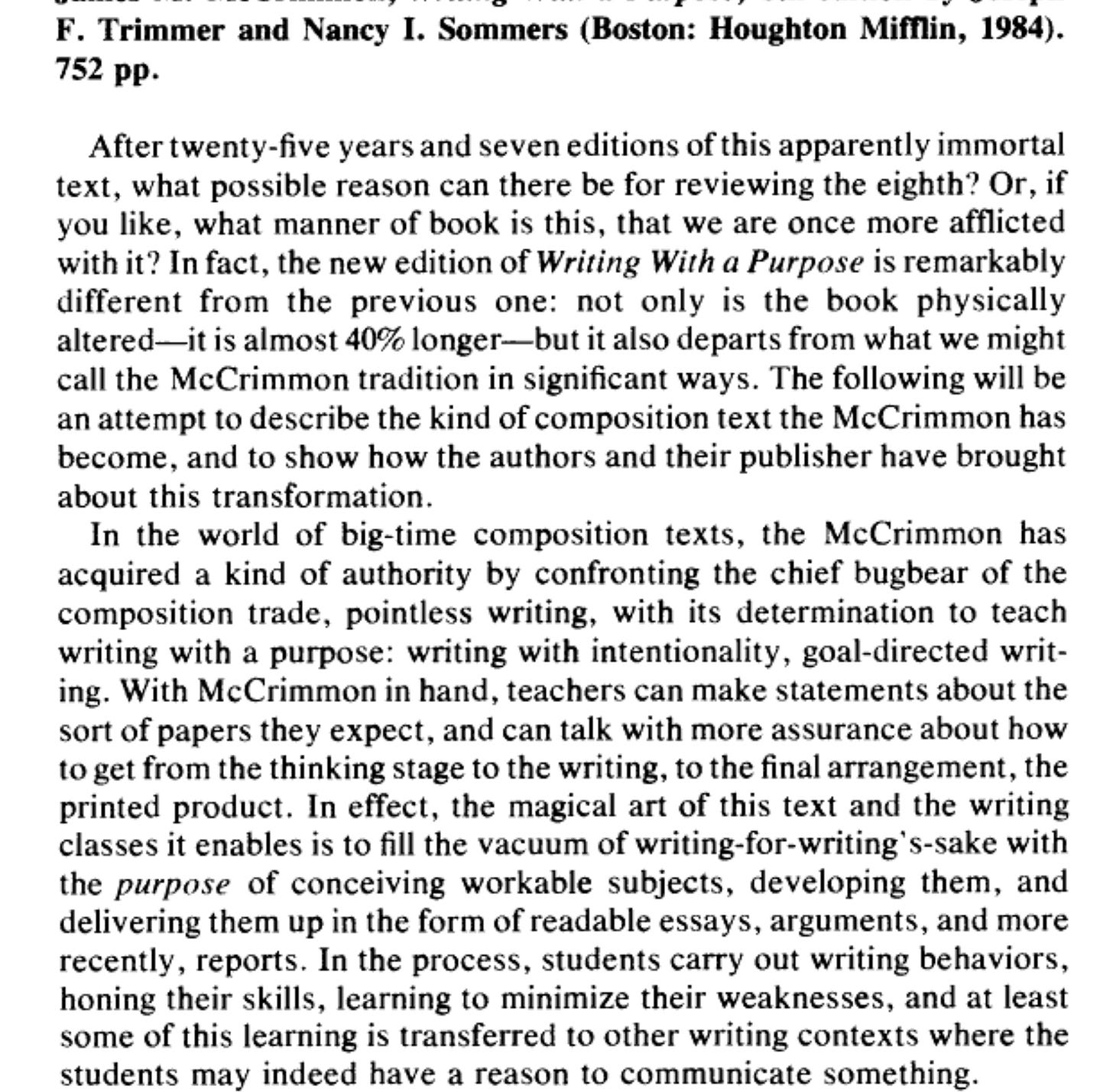Teaching Freshman Composition courses on two federal military installations contemporaneously with courses in a state prison brought a whole new meaning to the word ‘discipline.’
In prison, I carried a buzzer on my belt to summon the guards should I need them. I wrote a ‘narrative chrono’ each month with specific details about each inmate. They had access to what I wrote. My words could show up in parole hearings.
The military installations required authentication and identification but nothing time consuming. Cars entering were randomly searched; my car took its turn. But the entire event lasted maybe two minutes.
For the record, I had to reach for my buzzer in the prison classroom just once. An inmate cursed at me and stood with a raised fist. Instantly, a chorus of voices slowed things down. An inmate went to get a guard, the guy was handcuffed and taken away. I heard he went to the hole for three days and lost classroom privileges.
I assigned essays according to a course syllabus consistently across sections. An Essay of Description and Narration paved the way for 1,500-word expository essays of process, definition, report, comparison-contrast, problem-solution, and causal analysis culminating in expository argument.
Teaching composition at Travis and Mare Island was much like teaching on campus. Because I taught so many sections of composition, because I knew no route to success that did not involve providing written feedback, I happily used the textbook Writing with a Purpose, by James McCrimmon, as the backbone of the curriculum. My time went to their work, not to course design.
Just as Donald Graves insisted on authentic purpose for writing as foundational to a productive classroom writing curriculum, McCrimmon, whose book is still widely used in its 14th edition, married the idea of purpose for writing with emerging theories of writing process, and still managed to include expository essay structures imported from the 19th century.
At Travis and at Mare Island, McCrimmon was wonderful. Students were highly motivated, especially with front loading of articulated purpose with a self-selected audience and topic. I read scores of interesting, strong compositions on a variety of topics and gave liberal substantive feedback.
The idea of purpose became troublesome at CMF. There was an echo chamber in the room that fed passionate discussions in writing groups, but to one end: to illustrate and argue against injustice under cover of law.
I want to elaborate in future posts with specific examples of the effects of this distortion of reality. First, it colored everything in their conscious lives. Second, it fed a cynicism like I’d never seen before.
Few of them discussed their crime—with significant exceptions. Few argued for their being framed. One inmate who murdered his wife and stuffed her corpse in the rafters of his garage, wrote about mistreatment in the courtroom and prison. The coroner’s office failed to return to him his wife’s diamond ring.
I spent an inordinate amount of time teaching these inmates to write sentences and paragraphs using traditional schemes and tropes like antithesis, parallelism, anadiplosis, and periodicity. Ask not what your country can do for you; ask what you can do for your country.
A focus on writing formal sentences without regard to substance together with a long, separate unit on the history of punctuation afforded students the chance to write about their passion using particular text structures while freeing me from engaging them in arguments about their reasoning.
I sought out this hybrid structure-centered curriculum where most anything would do as a message at the expense of a meaning-centered approach because it was a maximum security psychiatric prison, a legitimate distortion of the notion of school. I trust educational researchers have investigated this problem in a quest for remediation.



